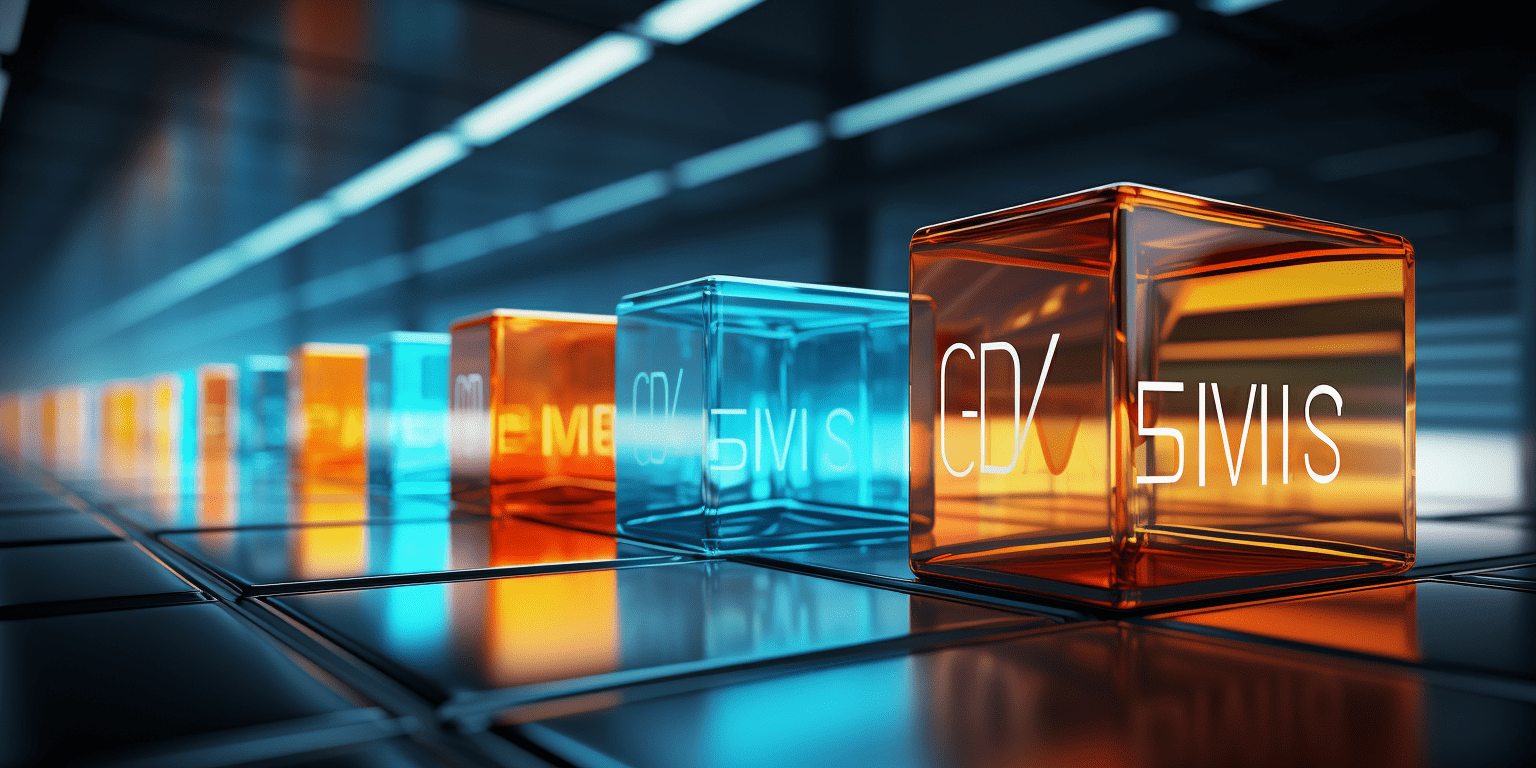
CITIC SEC: Speeding up the industrialization of solid-state batteries leads to a significant increase in lithium demand.
CITIC SEC has released a research report stating that solid-state batteries are expected to expand the application scenarios of lithium batteries due to their excellent performance. CITIC SEC predicts that the global shipment volume of solid-state batteries will exceed 600GWh by 2030. The application of sulfide solid electrolytes, metallic lithium negative electrodes, and lithium-rich manganese-based positive electrode materials are expected to drive the lithium consumption of solid-state batteries to more than twice that of existing batteries. CITIC SEC forecasts that the global demand for lithium in the solid-state battery industry will exceed 550,000 tons of LCE by 2030, driving a 5% growth in global demand for lithium carbonate.
Key points from CITIC SEC are as follows:
Solid-state batteries will bring a new growth curve to the lithium battery industry, with demand expected to exceed 600GWh by 2030.
Leading battery and automotive manufacturers are planning for solid-state lithium batteries, and the industrialization of solid-state batteries is already underway. High-performance solid-state batteries will bring more application scenarios, with downstream demand potentially having greater room for imagination, such as electric Vertical Take-Off and Landing aircraft (eVTOL), humanoid Siasun Robot & Automation, VR terminals, and high-performance consumer electronics that place high demands on battery performance. The solid-state batteries are expected to be used, bringing a new growth curve to the lithium battery industry. We estimate that the global shipment volume of solid-state batteries will reach 642.6GWh by 2030, with a CAGR of 133% from 2024 to 2030.
Lithium sulfide is a key raw material for sulfide solid electrolytes, and attention should be paid to the pace of mass production and cost reduction.
The academic community generally believes that lithium silver germanium ore-type solid electrolyte (Li6PS5Cl) is the most promising electrolyte material, with lithium sulfide being an important raw material for producing Li6PS5Cl. Due to the complex and costly process of preparing lithium sulfide, the industry has yet to find a large-scale production and cost reduction technology route, leading to the high price of lithium sulfide per ton and a cost exceeding 150,000 yuan per ton of Li6PS5Cl electrolyte raw materials. Currently, material manufacturers such as Ganfeng Lithium Group, Tianqi Lithium Corporation, Xtc New Energy Materials (Xiamen) Co., Ltd., Guangdong Guanghua Sci-Tech, and Grinm Advanced Materials all have layouts for lithium sulfide. We expect the industry to continue to focus on improving production processes, reducing the cost of lithium sulfide, and promoting the industrialization of sulfide electrolytes.
The lithium consumption of sulfide electrolytes is 10 times that of liquid electrolytes, with an expected demand of 26,000 tons of LCE by 2030.
According to our calculations, 1GWh of solid-state battery with sulfide electrolytes requires 206.7 tons of lithium sulfide (equivalent to 332.8 tons of LCE) and 76.3 tons of lithium chloride (equivalent to 66.4 tons of LCE), totaling 399.2 tons of LCE, which is more than 10 times the demand for lithium by traditional liquid electrolytes. We predict that by 2030, the global shipment volume of solid-state batteries will be 642.6GWh, with a penetration rate of sulfide electrolytes at 10%, resulting in a demand for 13,000 tons of lithium sulfide and an equivalent demand for 26,000 tons of LCE by 2030. The CAGR from 2025 to 2030 is estimated to be 254%.
Metallic lithium negative electrodes have a lithium demand of over 480 tons of LCE/GWh and an expected demand of nearly 140,000 tons of LCE by 2030.
Metallic lithium negative electrodes have great potential in the application of solid-state batteries, but commercialization is still in the early stages. Domestic companies such as Ganfeng Lithium Group, Contemporary Amperex Technology, Xinte Energy, etc., have released solid-state batteries based on metallic lithium negative electrodes, often with energy densities above 400Wh/kg. We calculated that by 2030, the global demand for metallic lithium negative electrodes in the field of solid-state batteries will reach 26,300 tons (metallic content), equivalent to 139,600 tons of LCE, with a corresponding CAGR of demand from 2024 to 2030 of 337.9%. The market space for the industrialization of metallic lithium negative electrodes is vast.
Lithium-rich manganese-based positive electrode materials are more suitable for solid-state batteries, and several manufacturers have started small-scale shipments.
Compared to high-nickel ternary positive electrode materials, lithium-rich manganese-based materials have a higher voltage platform, higher gravimetric capacity, and are more suitable for solid-state batteries. At the same time, lithium-rich manganese-based materials are primarily composed of the cheaper manganese element, have less precious metal content, lower costs, and better safety. Currently, domestic positive electrode material companies such as Ningbo Ronbay New Energy Technology have achieved small-scale shipments of lithium-rich manganese-based materials, and industrialization progress is expected to continue. We estimate that the lithium consumption of lithium-rich manganese-based materials is similar to that of high-nickel ternary materials, with a penetration rate of 20% in the field of solid-state batteries by 2030.
The lithium consumption of solid-state batteries is roughly twice that of traditional lithium batteries, with a lithium consumption of 550,000 tons of LCE by 2030.
According to our calculations, solid-state lithium batteries with metallic lithium negative electrodes have a lithium demand of 1,455 tons of LCE/GWh, which is 2.4 times that of traditional lithium batteries. Semi-solid lithium batteries with lithium metal negative electrodes have a lithium demand of 1,088 tons of LCE/GWh, which is 1.8 times that of traditional lithium batteries. We predict that by 2030, the lithium demand of solid-state batteries will reach 552,000 tons of LCE, with a CAGR from 2024 to 2030 of 146%. Compared to traditional lithium batteries, solid-state batteries are expected to drive an additional 5% growth in global demand for lithium carbonate by 2030.
Risk factors:
Risk of changes in battery technology routes; Solid-state battery shipment volume lower than expected; Sulfide solid electrolyte technology development slower than expected; Metallic lithium negative electrode technology development slower than expected; Downstream demand lower than expected; Adverse changes in industry policies.
Investment strategy:
Solid-state batteries are expected to expand the application scenarios of lithium batteries due to their excellent performance, with a predicted global shipment volume of solid-state batteries exceeding 600GWh by 2030. We estimate that the lithium consumption of solid-state lithium batteries with metallic lithium negative electrodes is 1,455 tons/GWh, which is 2.4 times the current level. We estimate that by 2030, the global demand for lithium in the solid-state battery industry will reach 550,000 tons.LCE drives an additional 5% growth in global lithium carbonate demand. It is recommended to focus on: 1) companies that produce lithium metal; 2) companies that produce sulfide solid electrolytes; 3) companies that produce new lithium battery cathode materials.Je veux faire du sport demain matin.
RECOMMEND
©️2013 - 2025 GMT EIGHT Holdings. All Rights Reserved.
Contact: contact@gmteight.com


